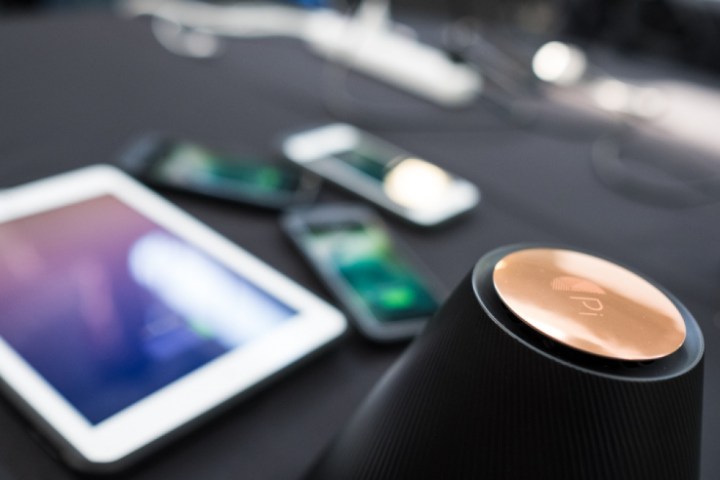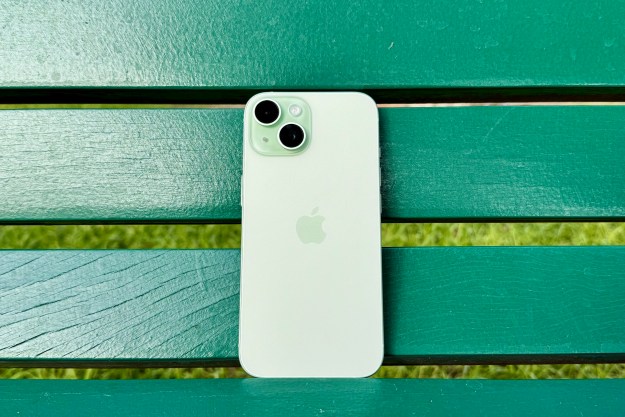
Here’s how it works: Pi comes in the form of a cone-shaped base station and sits in an area where you’d typically charge your phone, like a kitchen counter or a bedside tablet. Charging your iPhone or Android phone is as simple as plugging it into a Pi-compatible charging case and placing it within a foot of the Pi, which can charge multiple devices at once. Up to four phones will charge at full speed (10W), with additional devices charging at a lower speed.
Future phones like the iPhone 8 won’t need Pi’s cases. They’ll charge as soon as they’re in range.
Pi uses electromagnetic charging technology — resonant induction, the same technique used in Qi — that’s been “proven safe” at the power levels needed to charge smartphones, tablets, wireless earbuds, and other portable electronics. It took Lixin Shi, an MIT Ph.D., and John MacDonald, a physician-turned-MBA-student at MIT’s Sloan School of Management, three and a half years of research to develop Pi’s magnetic field-reshaping components.

“Creating this technology required solving one of the most difficult mathematical problems in electromagnetics, and that’s why no one has done it before,” MacDonald said. “Power is the final frontier in a truly wireless world.”
Wireless charging at a distance isn’t new. Ossia, a Redmond, Washington-based startup founded in 2013, has demonstrated charging stations that use RF waves to transfer power in excess of 30 feet. And Energous, which took on a $10 million funding round toward the end of 2016, uses a similar technique to send power to wireless receivers.
But Shi contends that Pi’s magnetic field technology is better suited to the phones, tablets, and devices people use every day.
“Magnetic fields are the best way to send meaningful energy to phones, tablets, and other portable electronics,” Shi, Pi’s chief technology officer and co-founder, said. “The hard part was figuring out how to make magnetic charging more flexible, multi-device, and extend its useful range. It took over a year to complete the mathematical proof that makes it all possible.”
Pi is available for pre-order from the company’s website. It’s expected to ship sometime in 2018 for “under $200,” but customers who reserve one early get $50 off the purchase price.
Editors' Recommendations
- iPhone 16: news, rumored price, release date, and more
- 5 phones you should buy instead of the iPhone 15 Plus
- This is the iPhone concept of my dreams
- I found an amazing new way to use my iPhone 15 Pro Max
- One of the most iconic iPhone accessories is back — and it’s great


